(CLO) Scientists predict that in 250 million years, Earth will have a new supercontinent. But what will it look like?
Imagine a world where the continents merged into one giant land mass. While it may sound like something out of a science fiction movie, it's actually the natural cycle of Earth's tectonic plates.
The Science Behind Supercontinents
The Earth’s crust is divided into tectonic plates that are constantly moving, albeit at a snail’s pace. These movements create earthquakes, form mountain ranges, and drive the slow drift of continents. Over millions of years, this process causes land masses to converge, break apart, and converge again into supercontinents.
Pangaea, the most famous supercontinent, existed about 335 million years ago. It eventually broke apart into the continents we know today. But Pangaea was not the first supercontinent. Before that, there was Columbia, which formed 1.5 billion years ago, and Rodinia, which came together a billion years ago and began to break apart 750 million years ago.
This cycle of merging and breaking apart is both slow and inevitable. While continents drift at different speeds, scientists have used seismic data and advanced models to get a glimpse of what the next supercontinent might look like.
What might the next supercontinent look like?
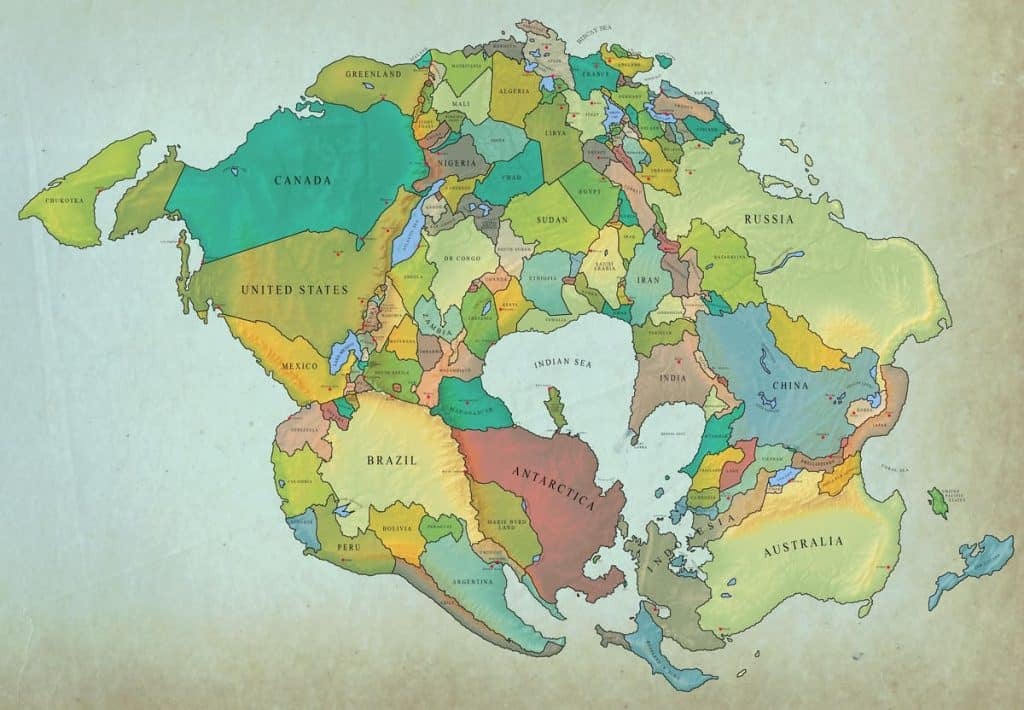
World map projected in about 250 million years.
Predicting the exact configuration of the continents in the next 250 million years is a major feat. Factors such as plate movement rates and interactions remain difficult to predict over such a vast timescale. However, researchers have proposed four plausible scenarios for the next supercontinent:
Novopangaea: The continents drifted together around the Pacific Ocean and closed completely.
Aurica : India became the center of a vast land mass that united the surrounding continents.
Amasia: North America and Asia unite at the Arctic, creating a unique Arctic supercontinent.
Pangaea Proxima: This is probably the most realistic scenario. Africa, the Americas, Eurasia, Australia and Antarctica converge into one giant land mass.
Studying supercontinents provides important insights into geology, climate, and biodiversity. Supercontinents influence ocean currents, atmospheric patterns, and even the evolution of life. Understanding how these land masses form and break apart helps scientists decipher Earth’s past and predict long-term changes.
Hoai Phuong (according to Jason Deegan)
Source: https://www.congluan.vn/ban-do-the-gioi-250-trieu-nam-nua-trong-se-nhu-the-nao-post321028.html


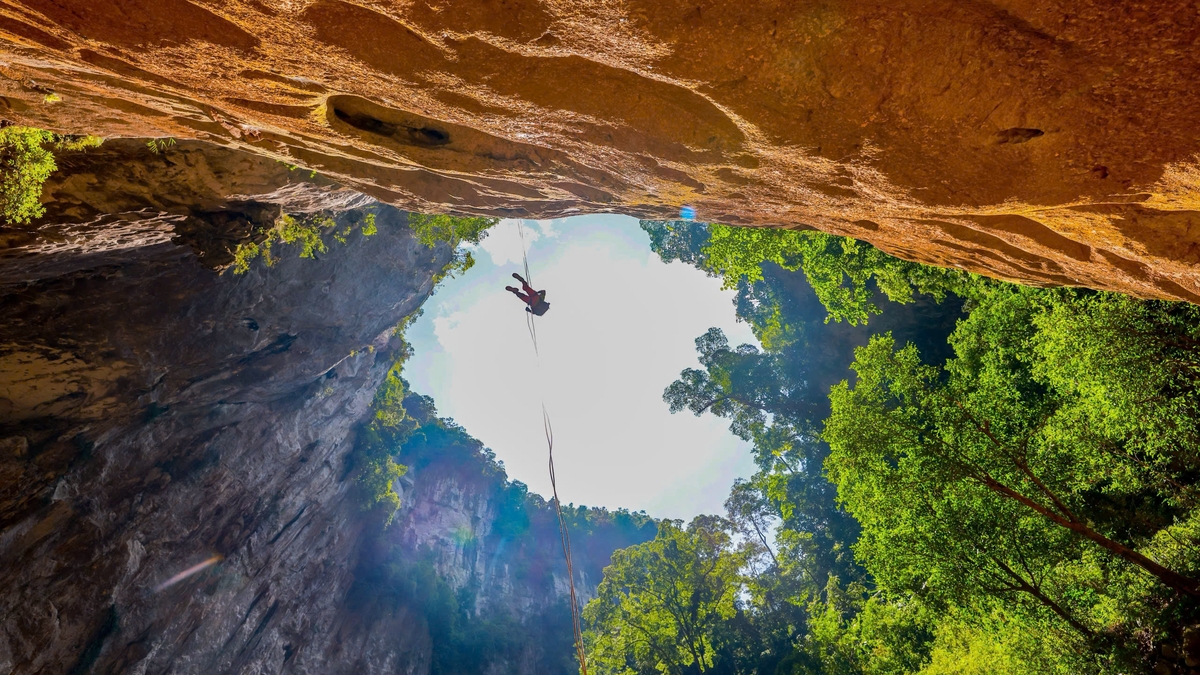
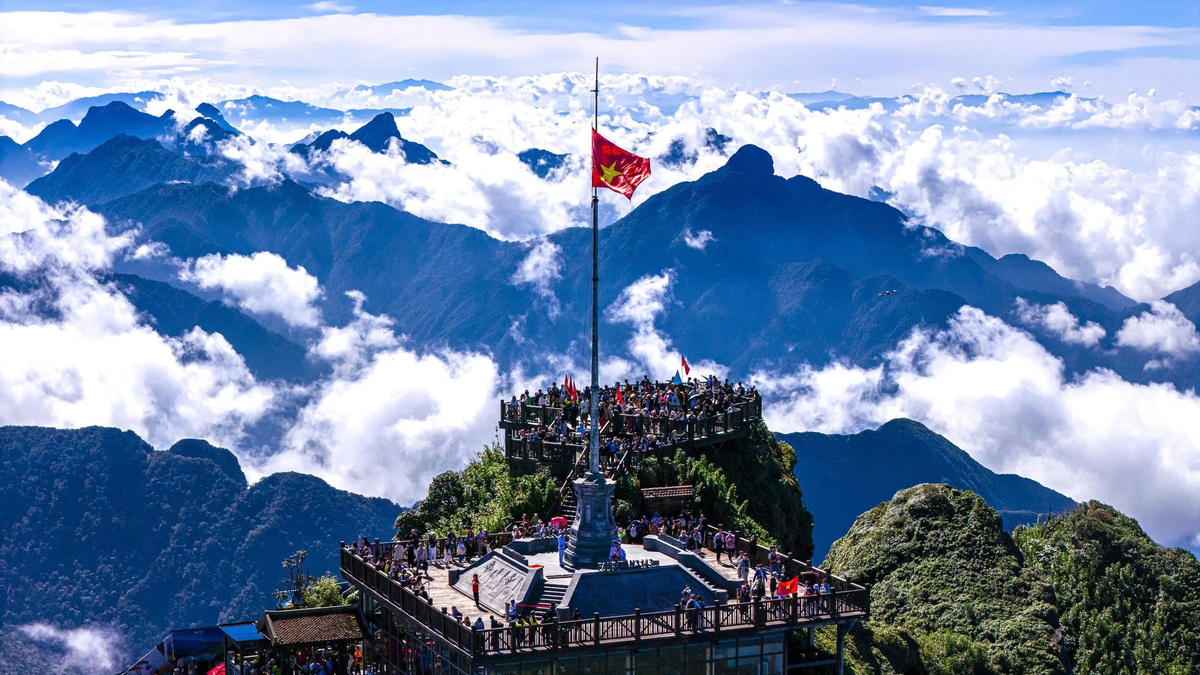

![[Photo] The 5th Patriotic Emulation Congress of the Central Inspection Commission](https://vphoto.vietnam.vn/thumb/1200x675/vietnam/resource/IMAGE/2025/10/27/1761566862838_ndo_br_1-1858-jpg.webp)
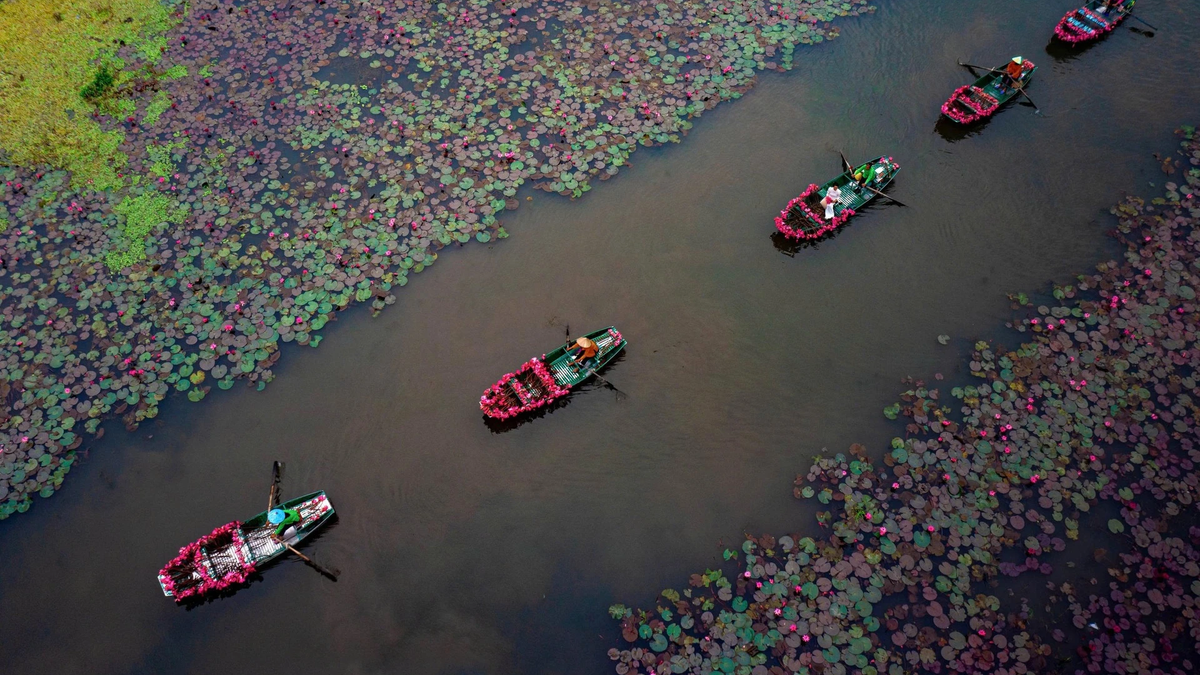
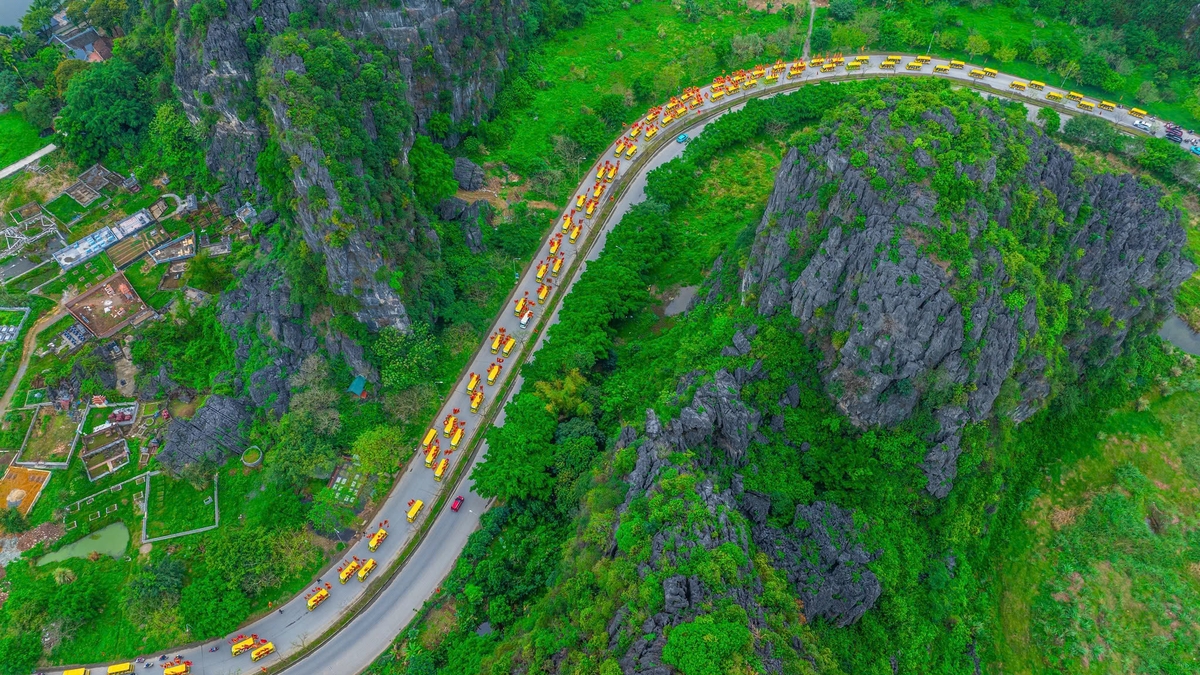


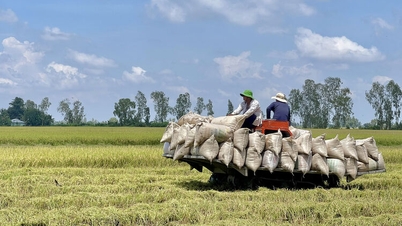





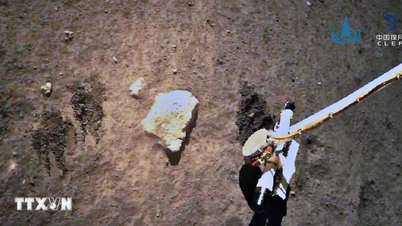















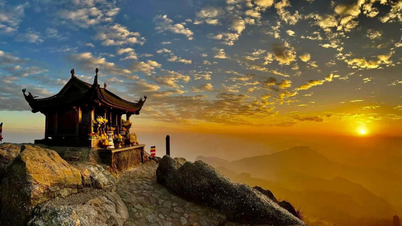





![[Photo] Party Committees of Central Party agencies summarize the implementation of Resolution No. 18-NQ/TW and the direction of the Party Congress](https://vphoto.vietnam.vn/thumb/1200x675/vietnam/resource/IMAGE/2025/10/27/1761545645968_ndo_br_1-jpg.webp)
![[Photo] National Assembly Chairman Tran Thanh Man receives Chairman of the House of Representatives of Uzbekistan Nuriddin Ismoilov](https://vphoto.vietnam.vn/thumb/1200x675/vietnam/resource/IMAGE/2025/10/27/1761542647910_bnd-2610-jpg.webp)
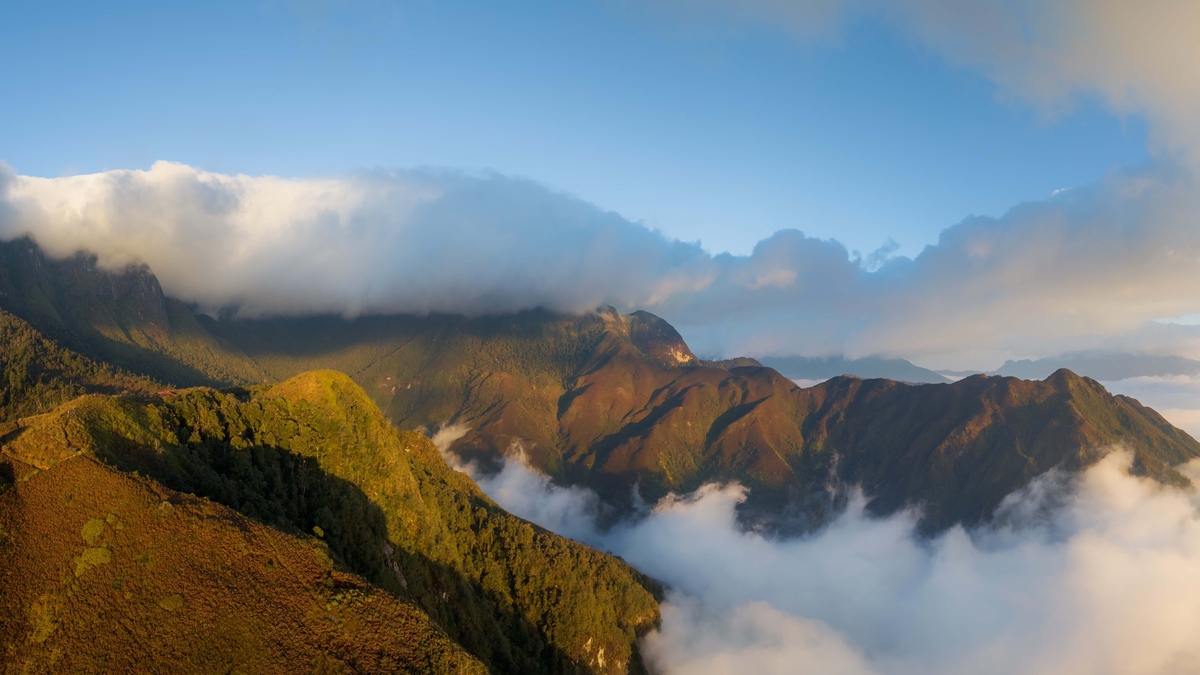


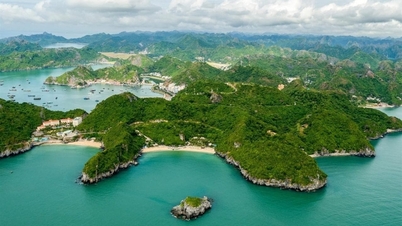

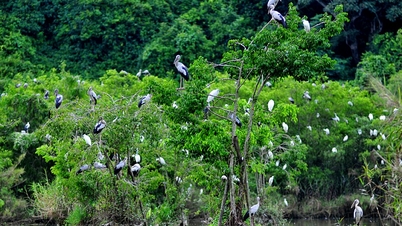

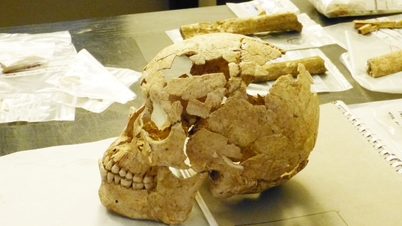
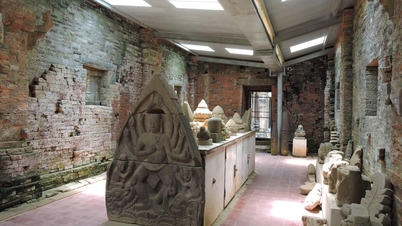




















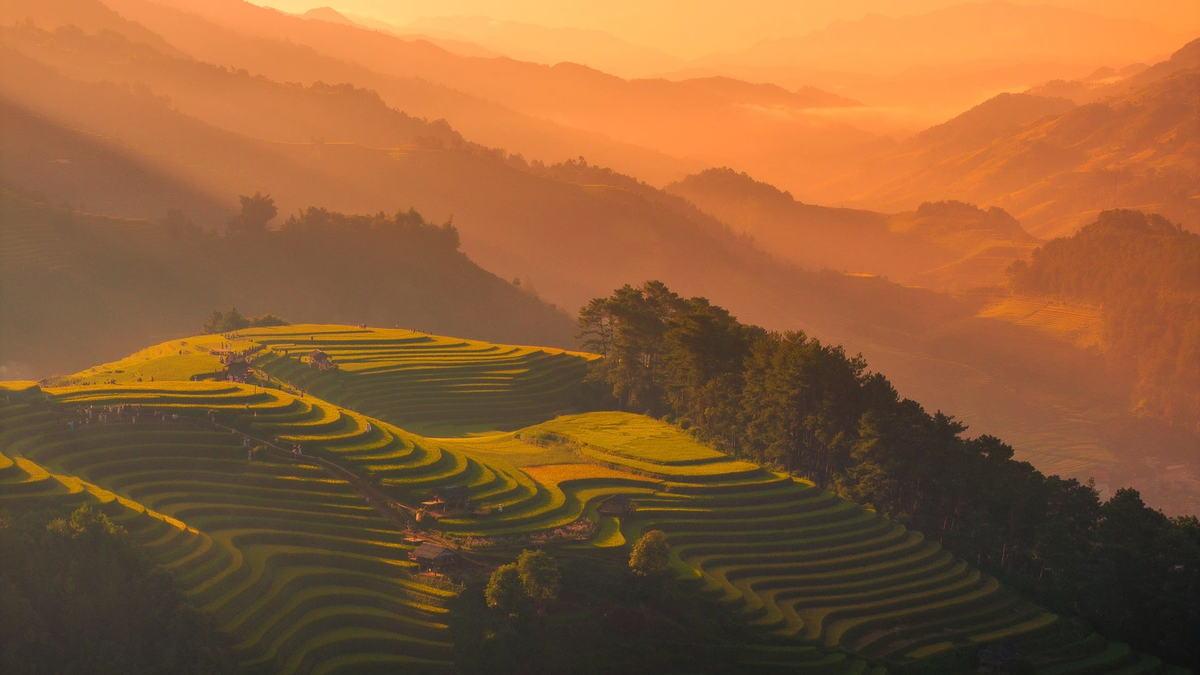


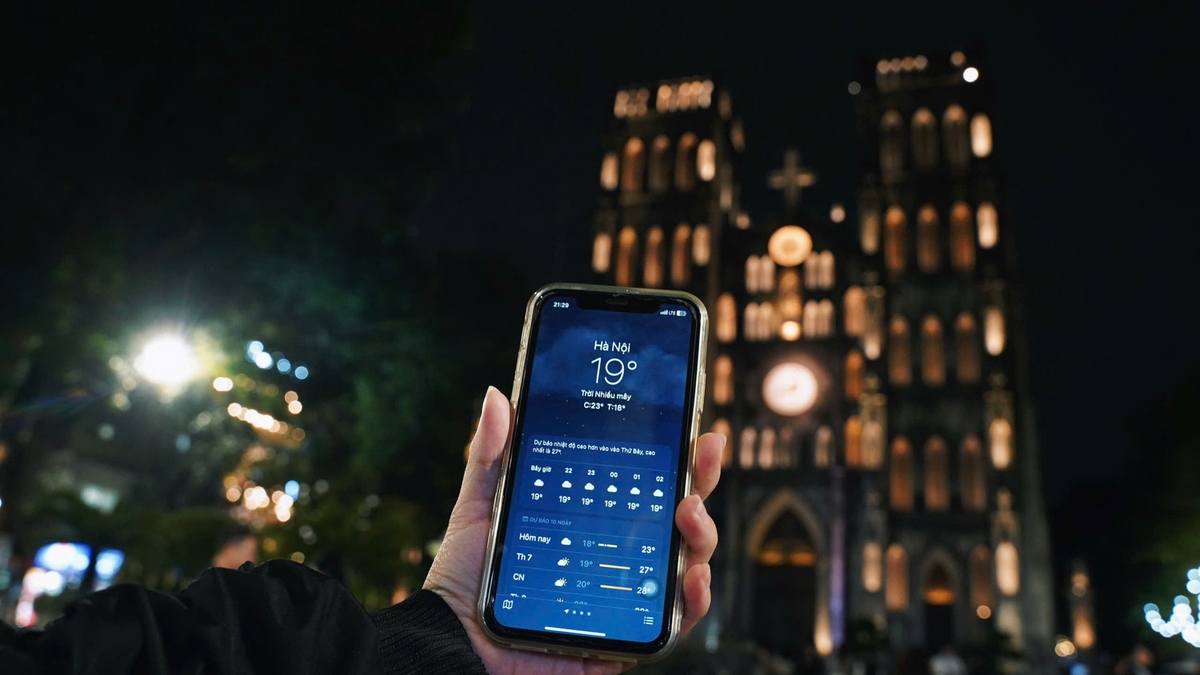
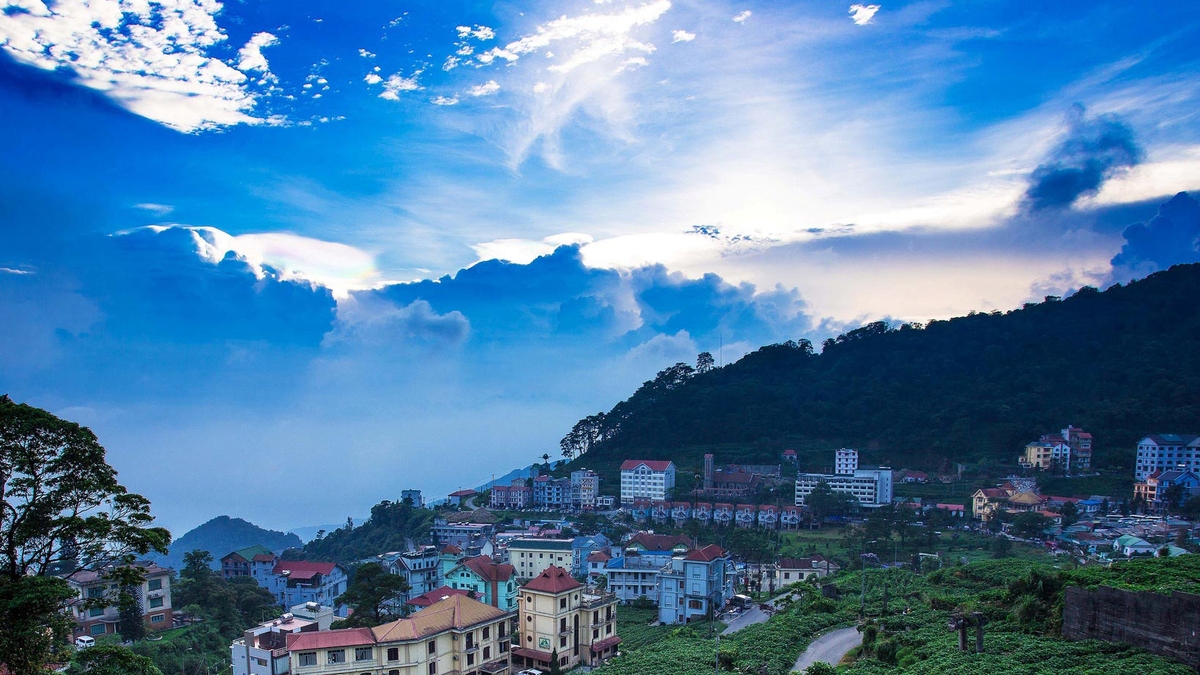

![[Photo] Prime Minister attends the 28th ASEAN-China Summit](https://vphoto.vietnam.vn/thumb/402x226/vietnam/resource/IMAGE/2025/10/28/1761624895025_image-2.jpeg)









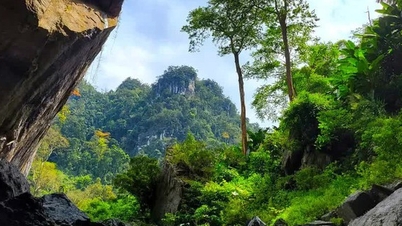

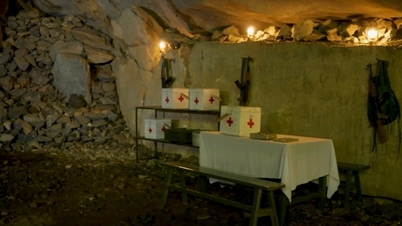


























Comment (0)